The PA SHPO is excited to announce that Chadds Ford Township, Delaware County is the newest participating community to join the Certified Local Government (CLG) program. The National Park Service issued the final certification in July 2020, making the township the 45th CLG in Pennsylvania and the 3rd in Delaware County. Chadds Ford is also the first community to join the CLG program under the recently revamped program guidelines, hopefully setting an example for other communities who want to be recognized for their local preservation programs.
History and Historic Preservation in Chadds Ford Township
Chadds Ford Township is located along the southwestern edge of Delaware County, bordering Chester County and New Castle County, Delaware. Prior to European settlement of the Delaware Valley in the early 17th century, the area was home to the Lenni Lenape, who were gradually displaced as Swedish, Dutch, and English colonists pushed north from New Castle and west from Philadelphia. Among the earliest settlers were the Chadseys, English Quakers whose name was later shortened to Chads and is the basis of the township’s name. John Chads operated a ferry across the Brandywine River in the vicinity of Chadds Ford Village in the 1730s and 40s, making the area an important center for commerce along the Great Nottingham Road, now US Route 1. The Chadds Ford Historical Society has restored the c.1725 John Chads House and offers tours and education programs at the property.
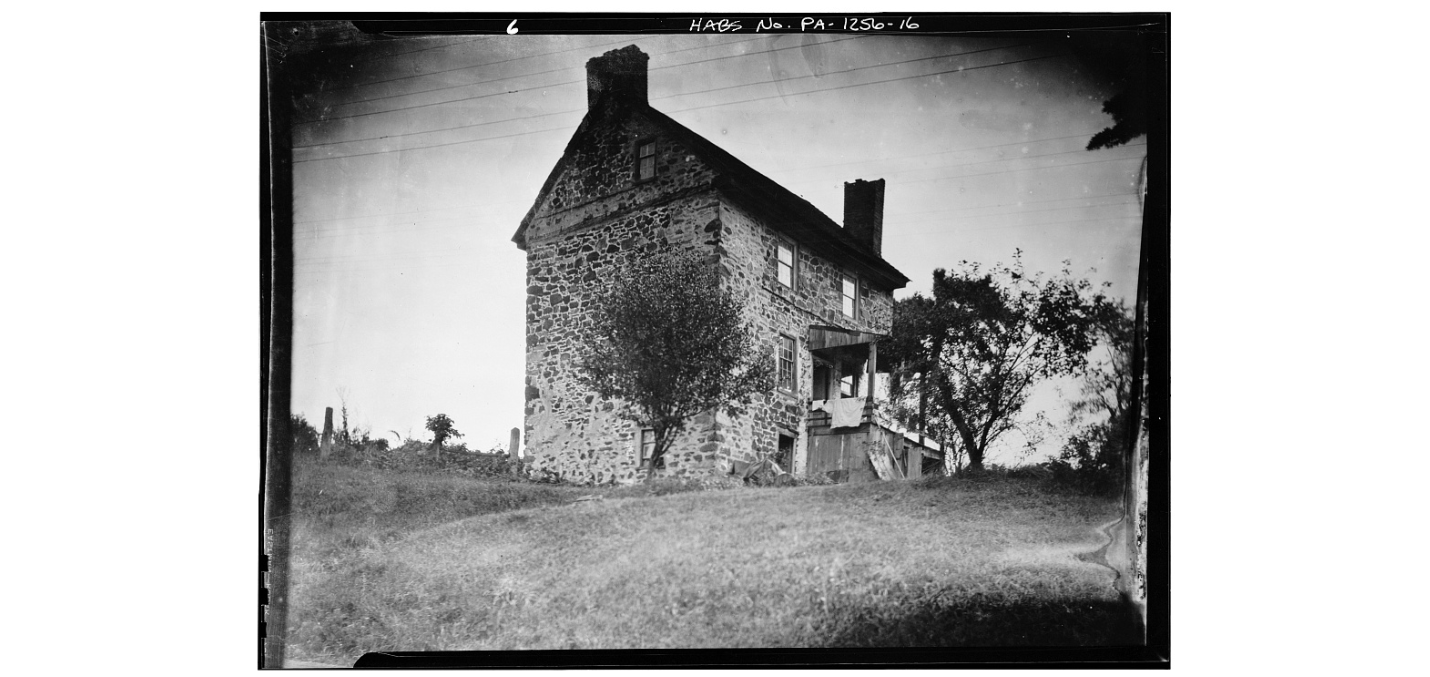
. Chadds Ford Delaware County Pennsylvania, 1933. Documentation Compiled After. Photograph. https://www.loc.gov/item/pa0405/.
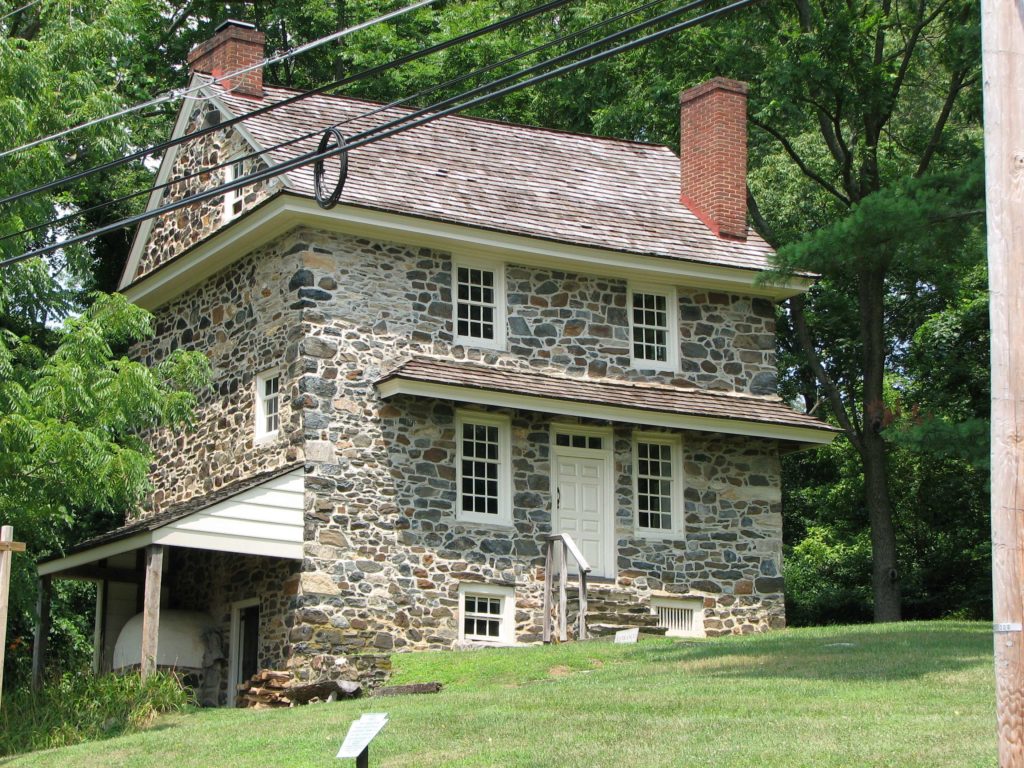
One of the defining moments in the township’s history happened in September 1777, as the quiet farming communities along the Brandywine River and the Nottingham Road became the epicenter of the Revolutionary War. The British were intent on taking control of Philadelphia and landed an army near Elkton, Maryland at the head of the Chesapeake Bay to march overland to the colonial capitol. George Washington gathered his army along the Brandywine to help thwart the advance, resulting in a days-long series of skirmishes and battles spread across 35,000 acres in Chester and Delaware Counties. Washington made his headquarters at the Benjamin Ring house in Chadds Ford, now part of the Brandywine Battlefield Park, one of PHMC’s historic site on the PA Trails of History. A significant portion of the battlefield landscape surrounding the park was designated a National Historic Landmark in 1961 and the Brandywine Battlefield Task force has been working since the 1980s to protect key landscapes and buildings, conduct original research, and develop interpretive programs about this significant, but underappreciated chapter in the war for independence.
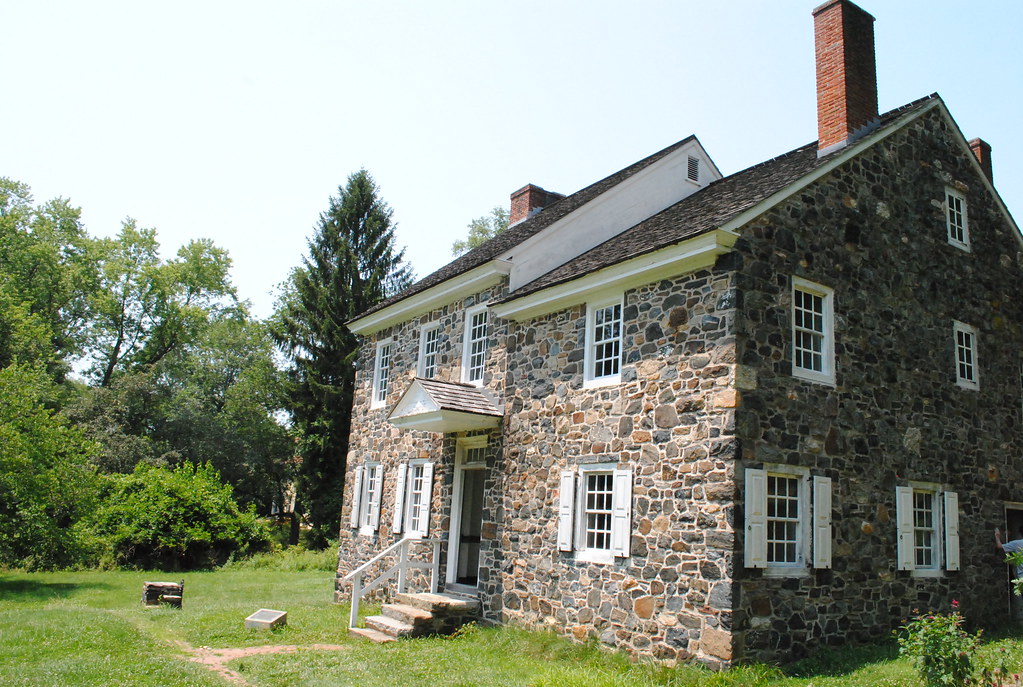
In the 19th and early 20th centuries, the Brandywine Valley became a haven for landscape painters who were captivated by the area’s natural beauty and early stone farmhouses and barns. Howard Pyle started the Brandywine School of Art from his home, known as Painter’s Folly. Chadds Ford Township recently purchased the c.1860s Italianate home and received a CLG grant to prepare a preservation plan for the property. Among the students of the Brandywine School was N.C. Wyeth, who would go on to be a renowned illustrator. His son, Andrew Wyeth was among the most influential and well-known American painters of the 20th century and memorialized many of Chadds Ford’s landscapes and farmsteads in iconic paintings. The Brandywine Conservancy and Museum of Art, a nonprofit organization founded to preserve the landscapes of the Brandywine valley as well as to collect and celebrate the art and artists that made it famous owns the N.C. Wyeth Studio, Andrew Wyeth Studio, and the NHL Kuerner Farm that is featured in many of Andrew’s most famous works.
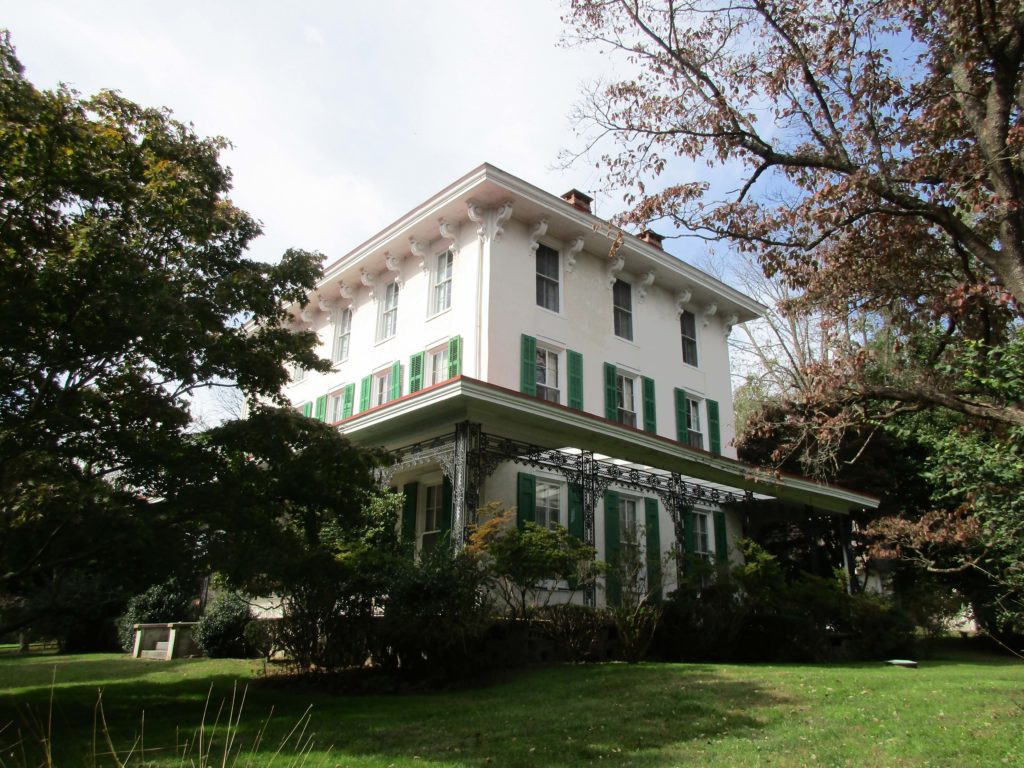
Straddling the Brandywine River at the southern end of Chadds Ford is the Twin Bridges Rural historic District, which was listed in the National Register of Historic Places in 2017. The 1,800+ acre rolling landscape is dotted with early buildings but is mostly known for a collection of Country houses and estates associated with some of the region’s most prominent families in the late 19th and early 20th-centuries. Included in the district is Big Bend Farm, also known as Twaddell’s Mill. The complex was rescued from near collapse by George “Frolic” and Ann Weymouth who were instrumental in establishing the Brandywine Conservancy.
Chadds Ford Township has two locally designated historic districts covering Chadds Ford Village and a portion of the crossroads village of Dilworthtown along its northern border with Birmingham Township, Chester County. Changes to properties in these districts are reviewed by the Historic & Architectural Review Board, a seven-member volunteer board that provides guidance and advice to the Board of Supervisors about historic preservation issues.
Congratulations and welcome to Chadds Ford Township!
About the CLG Program

The CLG program is a Federal-State-Local government partnership program that recognizes and supports local governments in the implementation of historic preservation programs. While the national program is administered by the National Park Service, each state has developed unique guidelines and procedures that are tailored to the resources, laws, and needs of communities in that state. Pennsylvania’s guidelines were completely overhauled in 2018 with changes to the certification requirements and performance standards, as well as new technical assistance and grant programs. All existing CLGs were invited to renew their participation, and new communities were invited to apply. Chadds Ford was the first community to apply and be certified.
Participation in the CLG program is voluntary and is a mark of a distinction that means the community is committed to implementing an effective and holistic local preservation program. Think of it as the preservation equivalent of the “Good Housekeeping Seal of Approval.” After communities are certified they gain access to a dedicated grant program, pro bono design and planning assistance, and prioritization for other grant funds to support preservation in their communities.
If your community is interested in becoming a CLG, check out the PA SHPO website for the requirements and application process.
Comment Policy
PHMC welcomes and encourages topic-related comments on this blog. PHMC reserves the right to remove comments that in PHMC’s discretion do not follow participation guidelines.
Commenters and Comments shall be related to the blog post topic and respectful of others who use this site.
Commenters and Comments shall not: use language that is offensive, inflammatory or provocative (this includes, but is not limited to, using profanity, obscene, or vulgar comments); disparage other commenters or people; condone illegal activity; identify the location of known or suspected archeological sites; post personal information in comments such as addresses, phone numbers, e-mail addresses or other contact details, which may relate to you or other individuals; impersonate or falsely claim to represent a person or an organization; make any commercial endorsement or promotion of any product, service or publication.
If you would like to comment on other topics not related to this blog post but related to PHMC, please fill out the PHMC Contact Us Form.
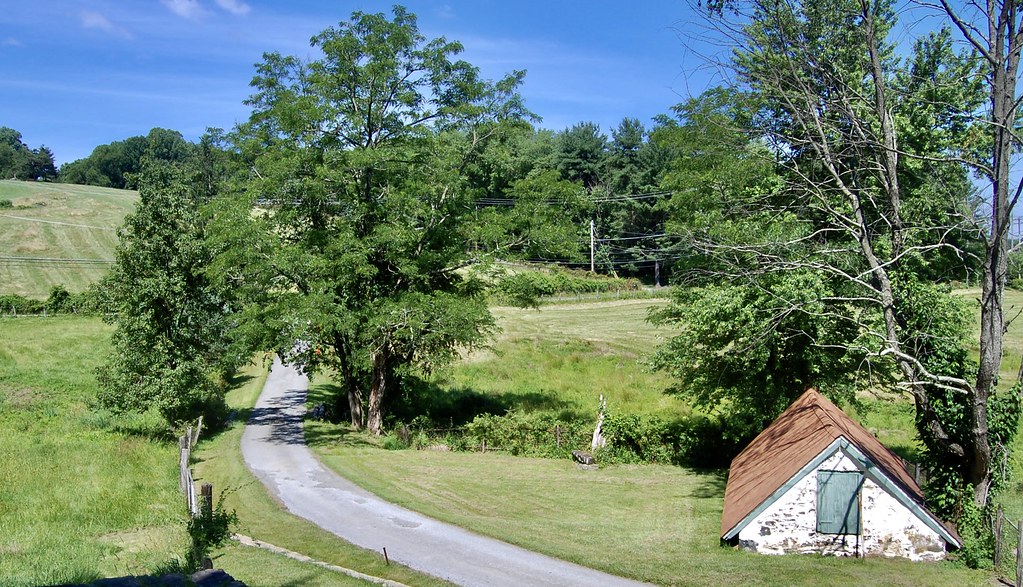
Leave a Reply